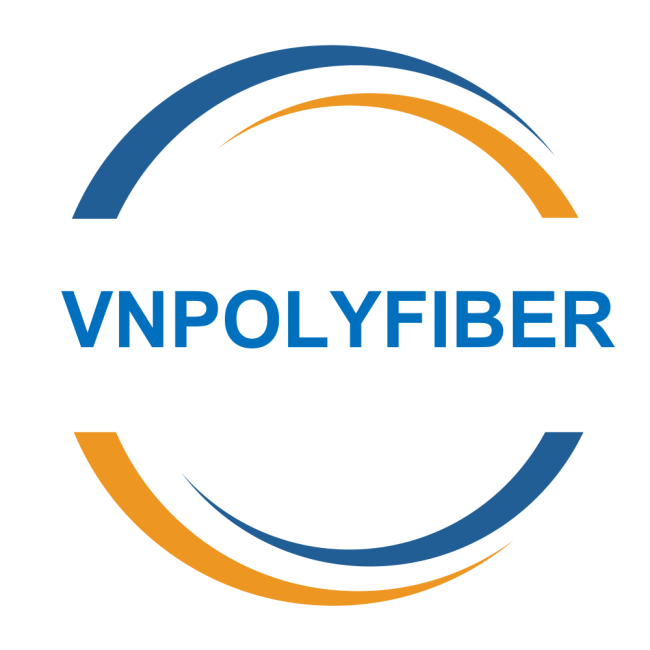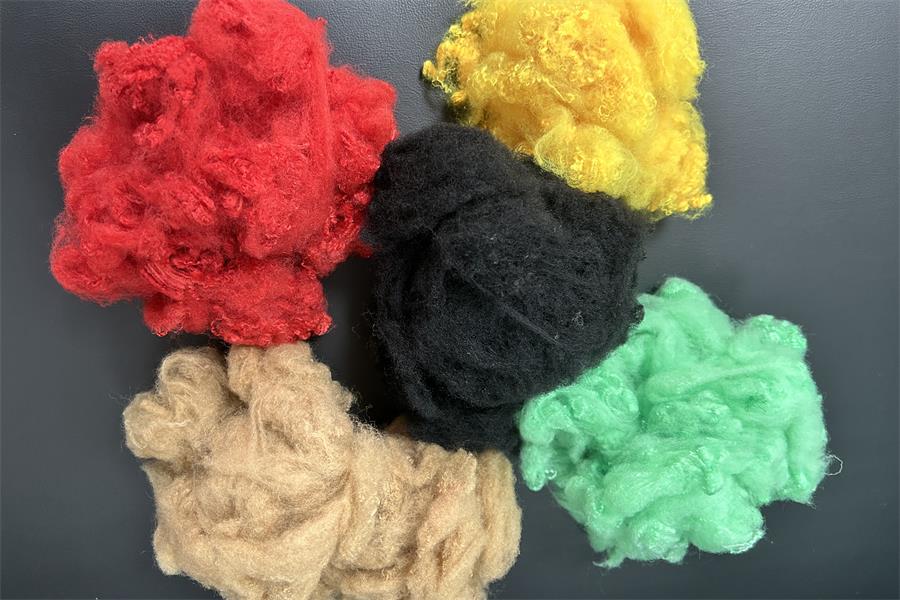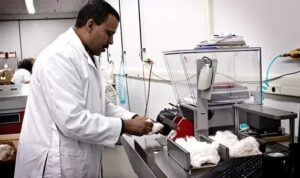In the continuous effort to create a more sustainable and environmentally friendly world, recycled dope dyed polyester fiber has emerged as an innovative solution with a positive impact. This versatile material is transforming discarded plastic into a vibrant and versatile resource, revolutionizing the fashion and textile industries.
What is dope dyed fiber?
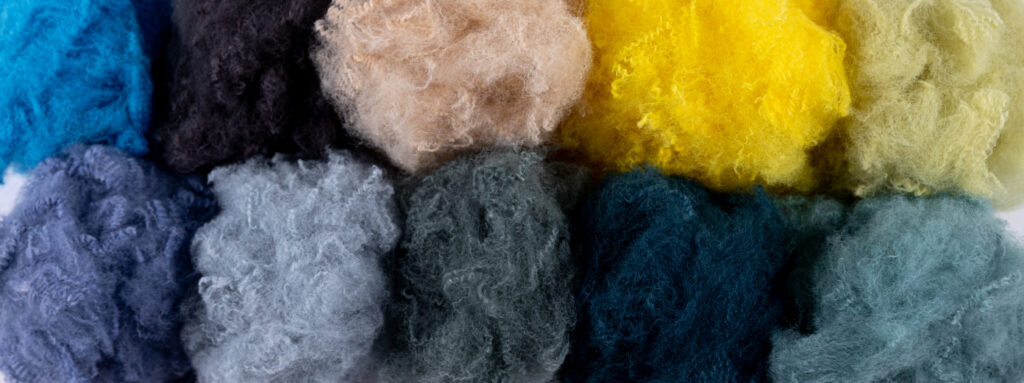
What is Recycled Dope Dyed Fiber?
Recycled dope dyed polyester fiber starts as discarded plastic bottles, which are collected, cleaned, and processed into polyester fibers that are spun into yarn. This process not only diverts plastic waste from landfills and oceans but also reduces the need for new polyester production, which is typically resource-intensive.
Utilizing recycled fibers results in a reduced need for chemicals during production, thus lowering their environmental footprint
Moreover, the dyeing process for recycled fibers is environmentally conscious. It involves the use of low-impact, non-toxic dyes that are free from harmful chemicals or heavy metals. These dyes are specifically formulated to reduce water usage and are frequently derived from natural sources such as plants or insects.
Advantages of Recycled Dope Dyed Fiber
- Environmental benefits: The use of recycled dope dyed fiber helps to decrease waste sent to landfills, saves on energy consumption, and conserves valuable resources in comparison to manufacturing new fibers. This results in a lower carbon footprint for the fashion industry.
- Reduced chemical usage: Recycled fibers require less chemical input during production, further lessening their environmental impact.
- Cost-effectiveness: Utilizing recycled fibers can offer cost savings compared to starting from scratch with new fiber production.
- Enhanced brand reputation: Companies that integrate recycled materials demonstrate a dedication to sustainability and environmental awareness, which can bolster their brand image.
Applications of Recycled Dope Dyed Fiber
Recycled dope dyed fiber has a multitude of applications within the textile industry. It is frequently utilized in the manufacturing of garments, household textiles, and industrial textiles. This fiber can be seamlessly combined with various other fibers, including organic cotton or recycled polyester, resulting in the creation of innovative fabrics with unique characteristics.
The application of recycled dope dyed polyester fiber in textiles, particularly in fashion, is changing the industry’s environmental footprint. By using this sustainable material, the need for new raw materials is minimized, and the dyeing process requires less water and chemicals, thereby reducing the ecological impact.
Automotive



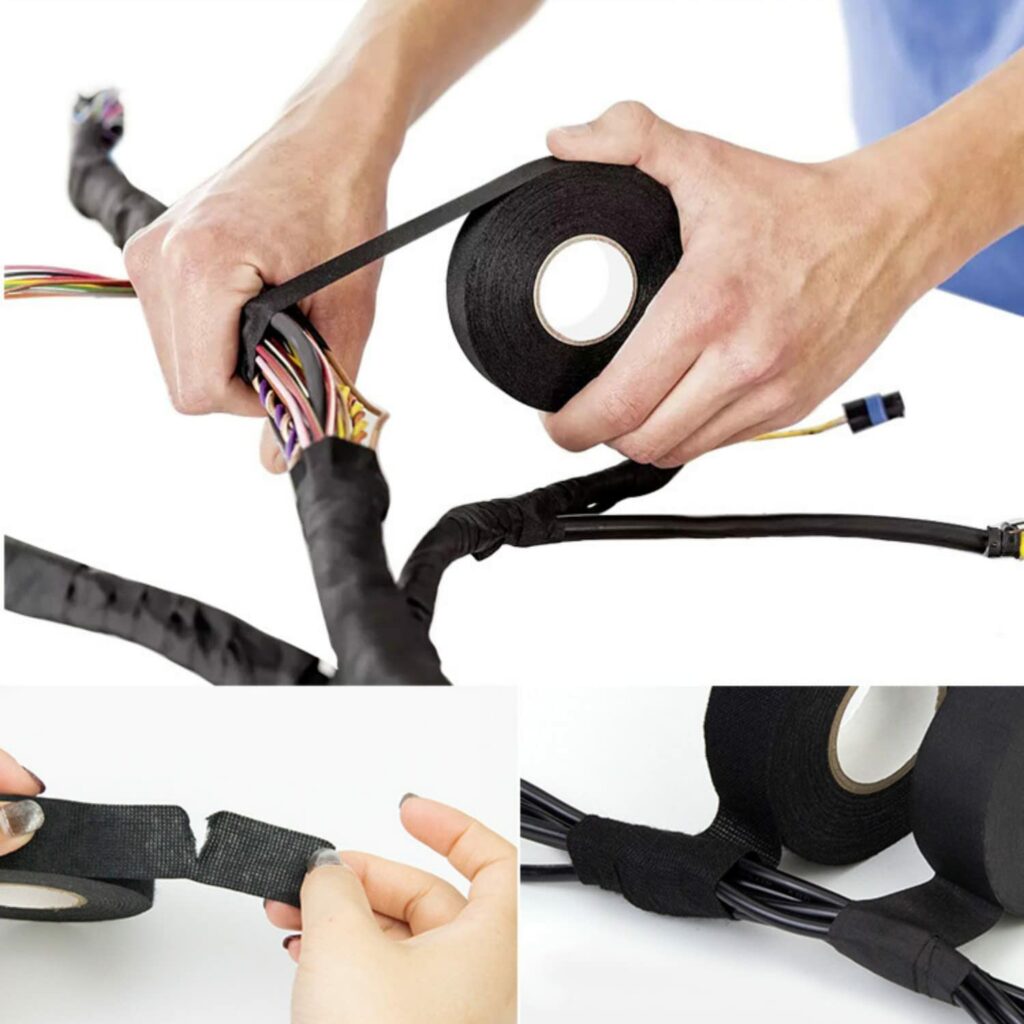
Living & Lifestyle

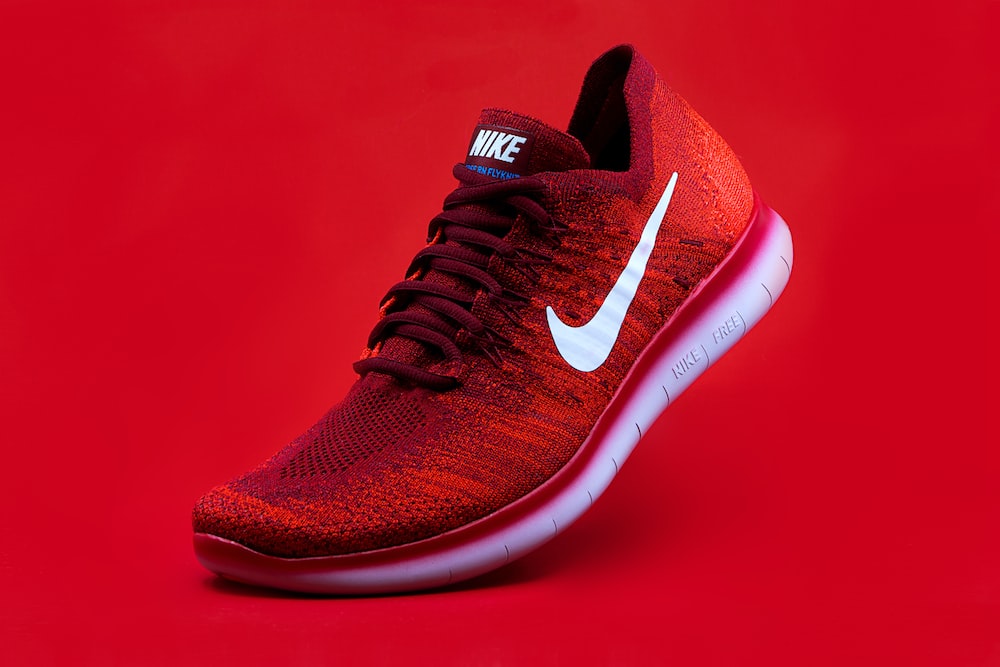
Shoe insole

The versatility of recycled dope dyed polyester fiber allows for a wide range of design possibilities in various industries, from sportswear to everyday clothing. Fashion designers can create aesthetically pleasing garments while upholding environmental principles with technology that mimics different textures and looks.
Choosing products made from recycled dope dyed polyester fiber symbolizes progress towards a more sustainable future, promoting a circular economy and supporting brands that prioritize ethical and eco-conscious practices. This material embodies innovation, resourcefulness, and environmental responsibility.
Utilizing recycled dope dyed fiber is a sustainable and economical option for textile production. By incorporating recycled materials, textile companies can decrease their ecological footprint, enhance their corporate reputation, and cater to the increasing interest in environmentally conscious fashion. Embracing recycled dope dyed fiber in your product range is a straightforward yet impactful measure towards a greener tomorrow.
In conclusion, the rise of recycled dope dyed polyester fiber represents a significant advancement in sustainable fashion and manufacturing. By repurposing plastic waste into vibrant textiles, it showcases the compatibility of fashion and environmental protection. As this remarkable material gains recognition, it is reshaping industries and demonstrating that creative solutions can drive positive change.
